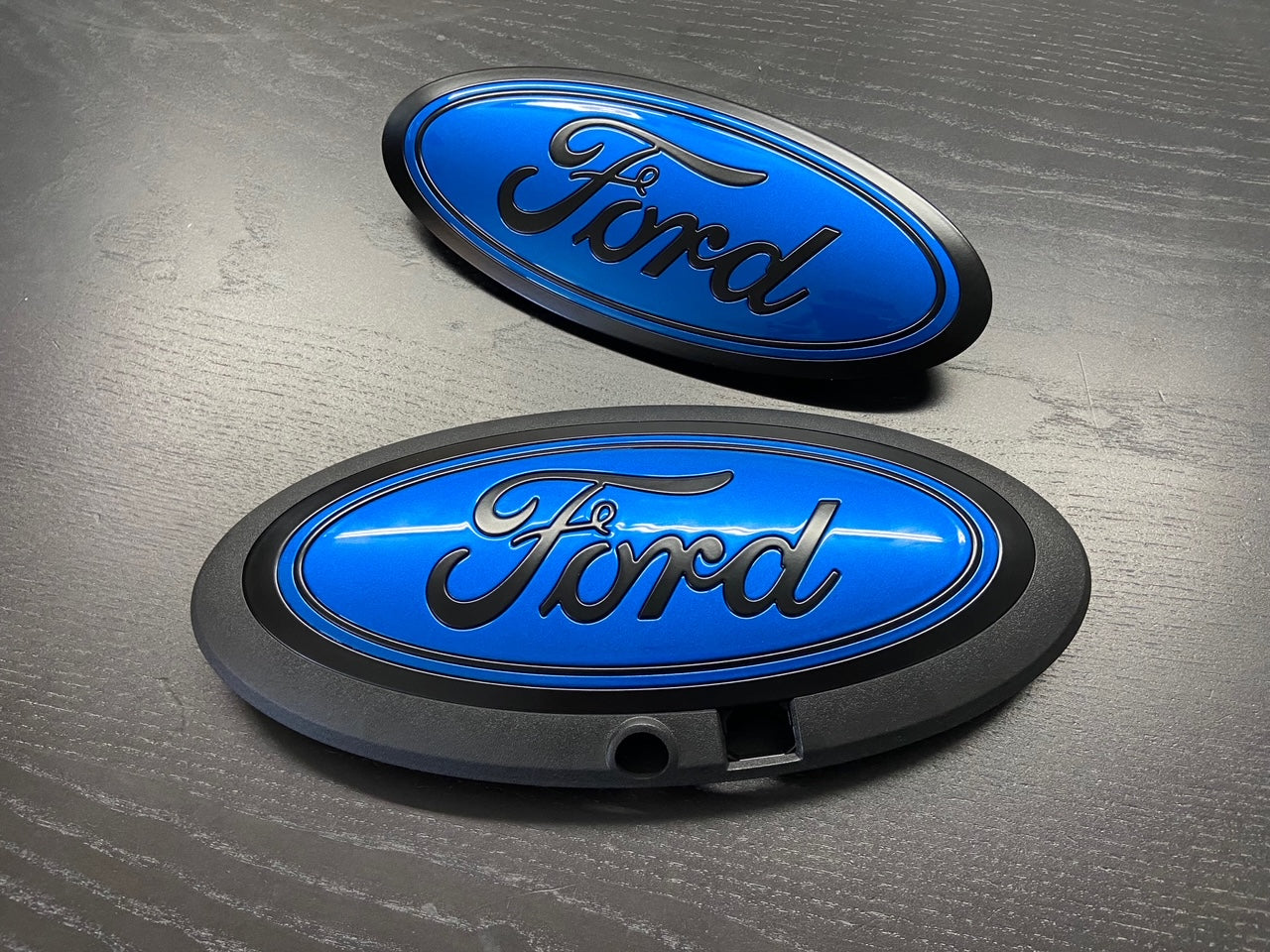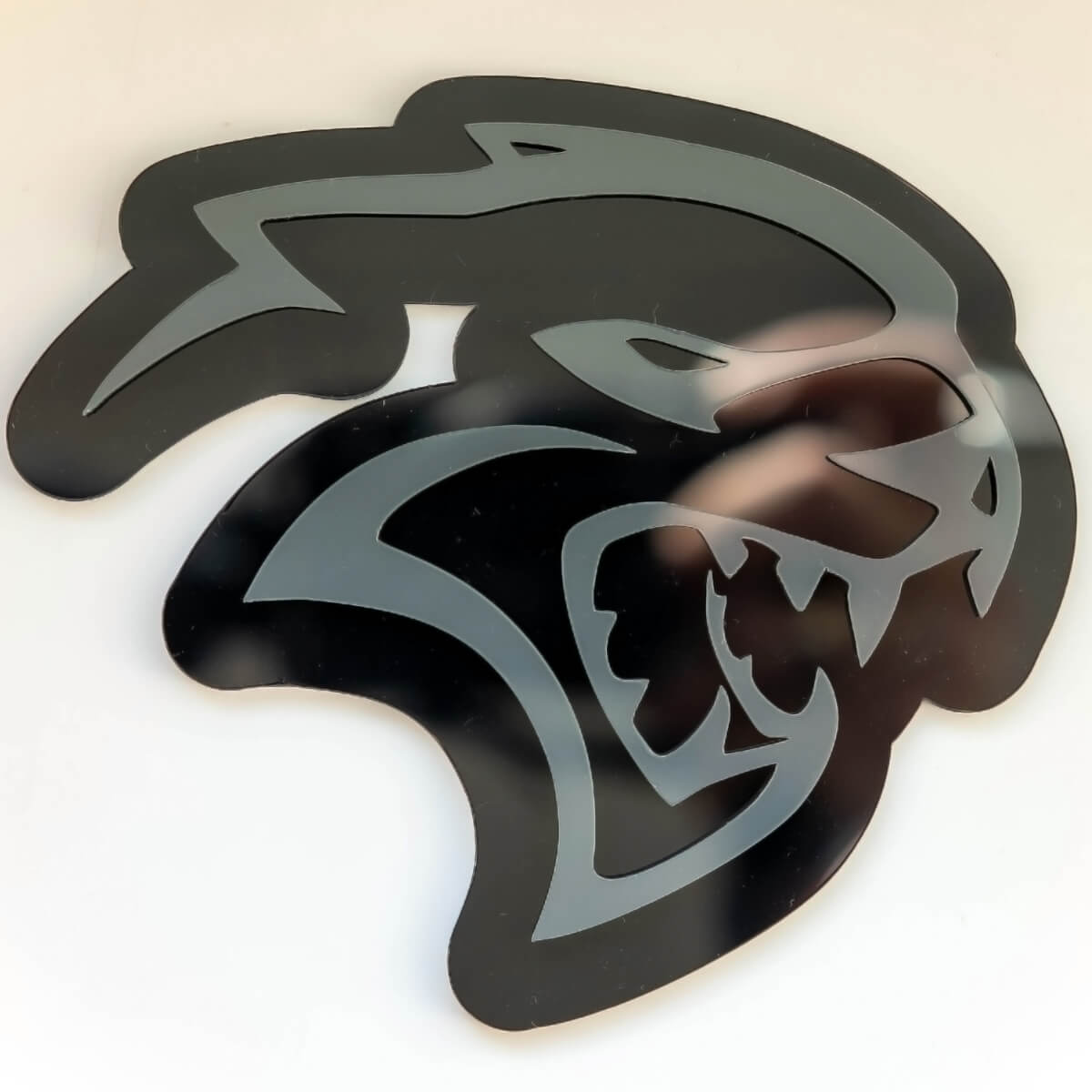Leading Features to Think About When Creating a Custom Emblem
The Art of Crafting Special Customized Emblems for every single Celebration
The process of creating special personalized emblems for numerous events is a nuanced endeavor that calls for a blend of creative vision and calculated reasoning. By very carefully thinking about the identification and values of the client, designers can create emblems that not only capture attention but also communicate deeper messages - Custom Emblem. Trick layout principles, together with resources of motivation from nature and culture, play essential functions in this imaginative journey. The inquiry stays: what techniques can elevate these symbols to absolutely stand apart in a congested aesthetic landscape?
Comprehending Custom-made Emblems
Personalized symbols function as effective icons that share identity, worths, and purpose across numerous contexts. These distinct graphical depictions are usually utilized by companies, people, and groups to encapsulate their objective and values. A well-crafted emblem communicates a feeling of belonging and unity, properly linking the space in between abstract ideals and substantial depiction.
Understanding personalized emblems entails identifying their multifaceted nature. They can vary from easy styles to complex pictures, each element meticulously selected to reflect particular top qualities or stories. Shades, shapes, and symbols all play vital roles in this representation, with every selection imbued with meaning that reverberates with the designated audience.
Custom-made symbols are not simply attractive; they offer functional functions in branding and marketing. They establish a recognizable identification that fosters trust and commitment amongst stakeholders, developing an emotional link that is vital for lasting involvement. In addition, emblems can be adjusted for numerous applications, such as product, marketing materials, and electronic systems, boosting their adaptability.
Essentially, custom-made symbols are vital devices for communication, enveloping the significance of an entity while building a strong visual identification that stands the examination of time.
Trick Style Principles

Effective style concepts are basic to developing impactful personalized symbols that reverberate with their intended audience. Simpleness is crucial; a straightforward and clear style improves recognition and memorability. Symbols must share their message without overwhelming customers, allowing for fast understanding.
An additional secret concept is harmony, which entails harmonizing aspects such as shape, typography, and shade. A well-coordinated palette creates visual appeal, while consistent typography reinforces the emblem's identity. Additionally, making use of contrast can accentuate specific features, making them attract attention.
Symmetry also plays an important duty. A symbol needs to preserve a coherent scale, ensuring that all components interact to develop a combined structure. This principle help in developing a symbol that is versatile across various applications, from calling card to big banners.
Motivation Sources
Ideas resources are often drawn from a selection of contexts, each offering special elements that can boost the style of customized emblems. Nature, as an example, works as a rich storage tank of ideas. The intricate patterns of fallen leaves, the color schemes of sunsets, and the forms of pets can all add to natural and attractive styles.
Cultural heritage additionally plays an important role in symbol creation. Typical themes, icons, and art kinds from various societies can lend credibility and deepness to a symbol. This allows developers to celebrate variety and incorporate purposeful narratives right into their job.
Moreover, modern patterns in fashion, layout, and architecture can supply fresh perspectives. Observing the most up to date designs can inspire ingenious strategies, guaranteeing that the symbol continues to be interesting and pertinent.
Historical recommendations might likewise function as a backdrop for motivation. Legendary emblems from the past can be reimagined or updated to develop a distinct yet acquainted visual.
Ultimately, the best styles arise from a synthesis of these varied resources. By attentively exploring various motivations, developers can craft custom symbols that reverberate with their desired target market and occasion.

Methods for One-of-a-kind Production
The designer's toolkit for creating distinct emblems includes a selection of strategies that can boost a task from regular to remarkable. One essential technique is the assimilation of importance, where components are meticulously selected to resonate with the intended message or brand identification. This grows the symbol's significance and link to the target market.
Shade theory plays an important function in evoking feelings and establishing the tone (Custom Emblem). By very carefully selecting a color scheme that straightens with the message, designers can create an impactful aesthetic experience. In addition, typography ought to not be neglected; the selection of typefaces can communicate personality and boost readability, additional contributing to the symbol's originality
One more effective strategy is making use of negative room, which enables clever aesthetic techniques that intrigue customers while preserving simpleness. Layering aspects can also include depth, developing a multifaceted layout that catches the eye.
Applications and Use Situations
Across numerous sectors, custom-made symbols act as effective tools for branding and interaction. These distinct identifiers can properly communicate a firm's values, goal, and identity. As an example, in the corporate market, symbols are essential Find Out More to logo designs and branding materials, assisting to develop an unforgettable visibility in the marketplace.
In the fashion business, custom-made symbols are frequently made use of on clothing and accessories, supplying a distinctive touch that enhances brand acknowledgment and consumer commitment. Sporting activities groups make use of symbols to cultivate a sense of community and team spirit, typically decorating them on jackets and goods.

Occasion coordinators utilize custom-made symbols for seminars, wedding events, and various other events, functioning as unforgettable keepsakes that encapsulate the essence of the occasion. Inevitably, the applications of custom symbols are substantial, making them very useful properties in numerous contexts, boosting interaction, and solidifying brand name identities.
Final Thought
In final thought, the development of distinct customized emblems necessitates a comprehensive understanding of layout concepts, meaning, and the designated audience. By incorporating aspects such as color, typography, and inspiration from numerous sources, designers can craft symbols that are not just visually enticing however also deeply meaningful. The application of these symbols across varied contexts additionally highlights their significance, enhancing identity and worths while leaving an enduring perception on viewers.
The procedure of creating one-of-a-kind custom-made emblems for numerous occasions is a nuanced undertaking that needs a mix of creative vision and strategic reasoning.Customized symbols serve as effective signs that share identity, worths, and function throughout various contexts.Reliable design concepts are get more fundamental to producing impactful custom emblems that reverberate with their intended target market.Inspiration resources are frequently drawn from a selection of contexts, each offering distinct components that can enhance the style of personalized emblems.In verdict, the production of distinct personalized emblems requires a thorough understanding of design principles, importance, and the intended audience.